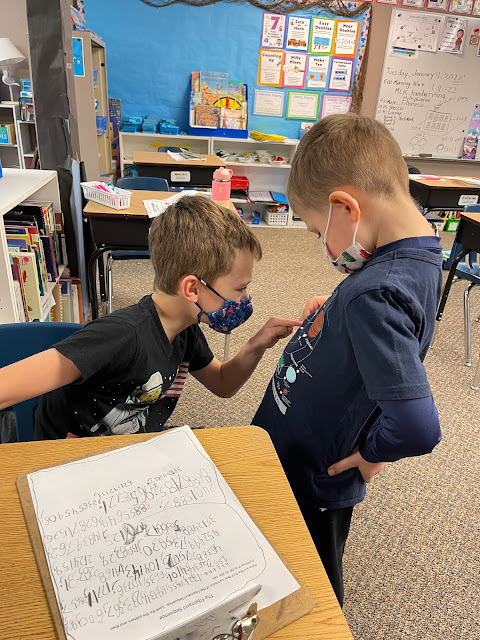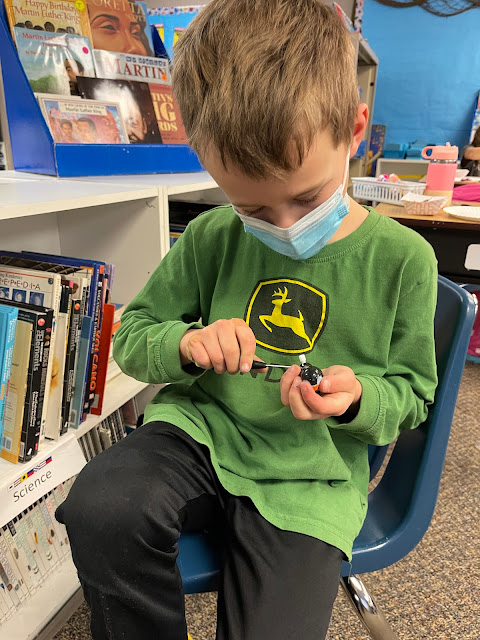Saturday, January 22, 2022
Fibonacci's Sequence: The Wonderful Asynchrony of Young Gifted Learners
Invention Quest #3: How Does This Work?
- curiosity
- prediction
- observation
- small motor
- innovation
- filling out a lab report
- collaboration
- analytical/critical thinking
Saturday, January 15, 2022
Invention Quest #2: Discover Resourcefulness
What if there were no toys?
That was the question of the day.
We started with one pipe cleaner.
Could we make a toy out of it?
Sunday, January 9, 2022
Invention Quest #1: Discover Your Inner Inventor with S.C.A.M.P.E.R.
Children are natural inventors. The key is to not squelch that natural bent, but to draw on it.
To get the creative, invention juices flowing, the Navigators have done several mind stretching activities. We started with a whisk.
What else can you do with an ordinary kitchen whisk? The creative juices started to flow. It can be used as a:
S. Substitute: What if we put a pencil in it (and hung it from our mask!)?
A Pencil Whisk!
C. Combine: What if we combined it with other things in the kitchen?
A Multi-Item Kitchen Set!
A. Adapt: What if we adapted the wires?
The Magic Claw!
What if we added batteries?
An Electric Whisk
M. Modify: What if we put a button on it and when you push the button, it grabs garbage?
A Super Garbage Grabber!
P. Parody: What if you hang it from your ear?
A Whisk Earring That Holds Important Things...
...like Mrs. Towne's marker. And her mask can hold her keys
E. Eliminate: What if we take away the tips and the handle?
A Scrubby!
R. Rearrange: What if you need something to hold all your candy?
The Candy Feeder
So many ideas...so many potential inventions...





















































